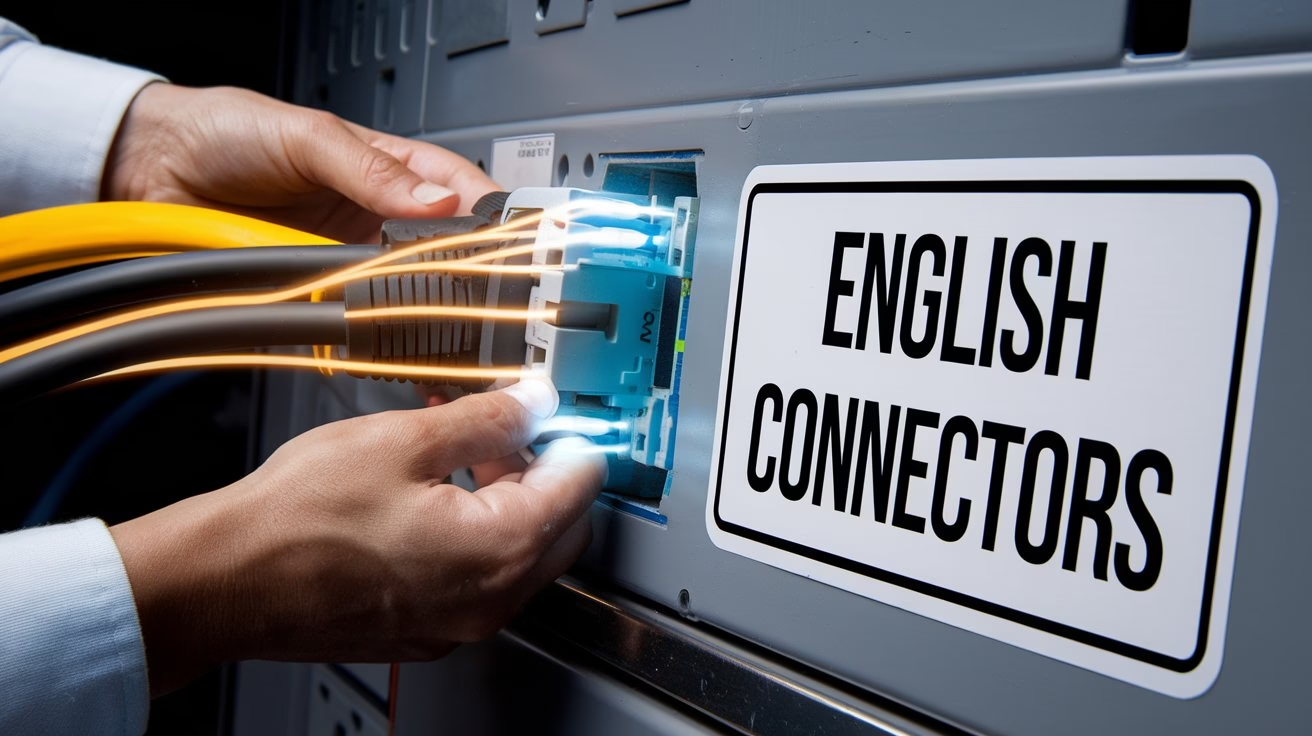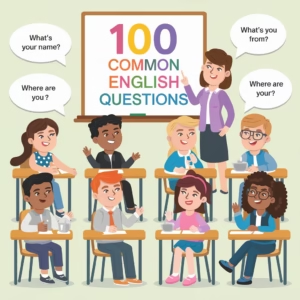How to use Connectors in English: The Ultimate Guide with Examples
Are your essays in English not hitting the mark, even though your grammar is perfect? Do your ideas feel disconnected, making your writing hard to follow? If so, it’s time to master connectors in English—the key to making your writing clear, cohesive, and captivating.
This guide will help you understand what connectors in English are, explore their seven main types, and provide practical examples to enhance your writing and communication.
What Are Connectors in English?
Connectors in English are words and phrases that link sentences, paragraphs, and ideas, creating a logical flow in your writing or speech. They act as bridges, making it easier for readers or listeners to follow your thoughts.
Connectors vs. Conjunctions
While both connectors and conjunctions link ideas, they serve different purposes:
- Conjunctions: Link words or clauses within a single sentence (e.g., and, but).
- Connectors: Link separate sentences or ideas, showing relationships like cause, contrast, or sequence (e.g., therefore, however).
Types of Connectors in English (With Examples)
1. Connectors for Cause and Effect
These explain why something happened or the result of an action.
1.1 Because
- I stayed home because it was raining.
- She was upset because she lost her wallet.
- We canceled the trip because of the weather.
1.2 Due to
- Due to heavy traffic, I was late for work.
- The event was postponed due to bad weather.
- Due to his illness, he missed the meeting.
1.3 Therefore
- He didn’t study. Therefore, he failed the test.
- It rained heavily. Therefore, the game was canceled.
- She worked hard. Therefore, she succeeded.
2. Connectors in English for Illustration
These are used to provide examples or clarify a point.
2.1 For example
- I love desserts. For example, chocolate cake is my favorite.
- He’s a great athlete. For example, he excels at swimming.
- Many animals hibernate. For example, bears and bats sleep through winter.
2.2 Such as
- You should eat more fruits, such as apples and oranges.
- He enjoys outdoor activities, such as hiking and biking.
- Some languages, such as French and Spanish, are widely spoken.
2.3 Like
- He enjoys sports, like soccer and basketball.
- She loves snacks, like chips and cookies.
- The city offers attractions, like museums and theaters.
3. Connectors in English for Emphasis
These highlight an important point.
3.1 Actually
- Actually, I think learning English is fun.
- I don’t think it’s hard. Actually, it’s easier than I expected.
- Using connectors is common. Actually, it’s more frequent than you realize.
3.2 In fact
- The exam was tough. In fact, most students failed it.
- She loves cooking. In fact, she cooks every day.
- The event was successful. In fact, it exceeded expectations.
3.3 Most importantly
- Most importantly, we need to stay focused.
- Writing an essay requires clarity. Most importantly, it needs to make sense.
- Most importantly, never give up on your goals.
4. Connectors in English for Comparison
These highlight similarities between ideas.
4.1 Similarly
- Cats enjoy playing with yarn. Similarly, dogs love chasing balls.
- Birds build nests. Similarly, squirrels create burrows.
- Exercise improves health. Similarly, a balanced diet is essential.
4.2 In the same way
- People need love. In the same way, animals need care.
- Reading builds knowledge. In the same way, writing enhances creativity.
- Plants need sunlight. In the same way, they need water to thrive.
4.3 Likewise
- She prefers tea over coffee. Likewise, her sister also drinks tea.
- He’s learning Spanish. Likewise, I’m studying French.
- They focus on quality. Likewise, we prioritize excellence.
5. Connectors for Contrast
These express opposing or different ideas.
5.1 However
- The weather was sunny. However, it was still cold.
- He is talented. However, he lacks discipline.
- The dish looks delicious. However, it tastes bland.
5.2 Although
- Although she was tired, she finished the project.
- Although the movie was long, it was enjoyable.
- He’s rich although he doesn’t flaunt his wealth.
5.3 Despite
- Despite the rain, we went for a walk.
- She succeeded despite the challenges.
- Despite his fears, he delivered the speech.
6. Connectors in English for Sequence
These organize ideas in a logical order.
6.1 Firstly
- Firstly, mix the ingredients.
- Firstly, I want to thank everyone for coming.
- Firstly, let’s discuss the budget.
6.2 Then
- Mix the batter. Then, bake it for 30 minutes.
- Clean the surface. Then, apply the paint.
- He studied for hours. Then, he aced the test.
6.3 Finally
- Finally, add the finishing touches.
- Finally, the project was completed.
- Finally, let’s summarize our discussion.
7. Connectors in English for Conclusion
These indicate the end of a discussion or summary.
7.1 In conclusion
- In conclusion, hard work pays off.
- In conclusion, exercise is vital for health.
- In conclusion, we need to work together.
7.2 To summarize
- To summarize, learning English takes time and practice.
- To summarize, the results were satisfactory.
- To summarize, this method is effective.
7.3 All in all
- All in all, it was a productive meeting.
- All in all, the trip was worth it.
- All in all, the experience was unforgettable.
Tips for Practicing Connectors in English
- Write Sentences: Create your own examples using connectors.
- Rewrite Texts: Add connectors to improve the flow of your paragraphs.
- Practice Speaking: Use connectors in daily conversations.
- Analyze Writing: Look for connectors in articles or books.
- Play Word Games: Challenge yourself to use connectors in creative ways.
Conclusion
Mastering connectors in English will elevate your communication skills, making your writing clear, logical, and persuasive. Use this guide as your roadmap to practice and apply connectors effectively. Whether you’re writing essays, emails, or casual messages, connectors will make your English flow naturally.
Start practicing today, and you’ll notice the difference in no time!














11 comments